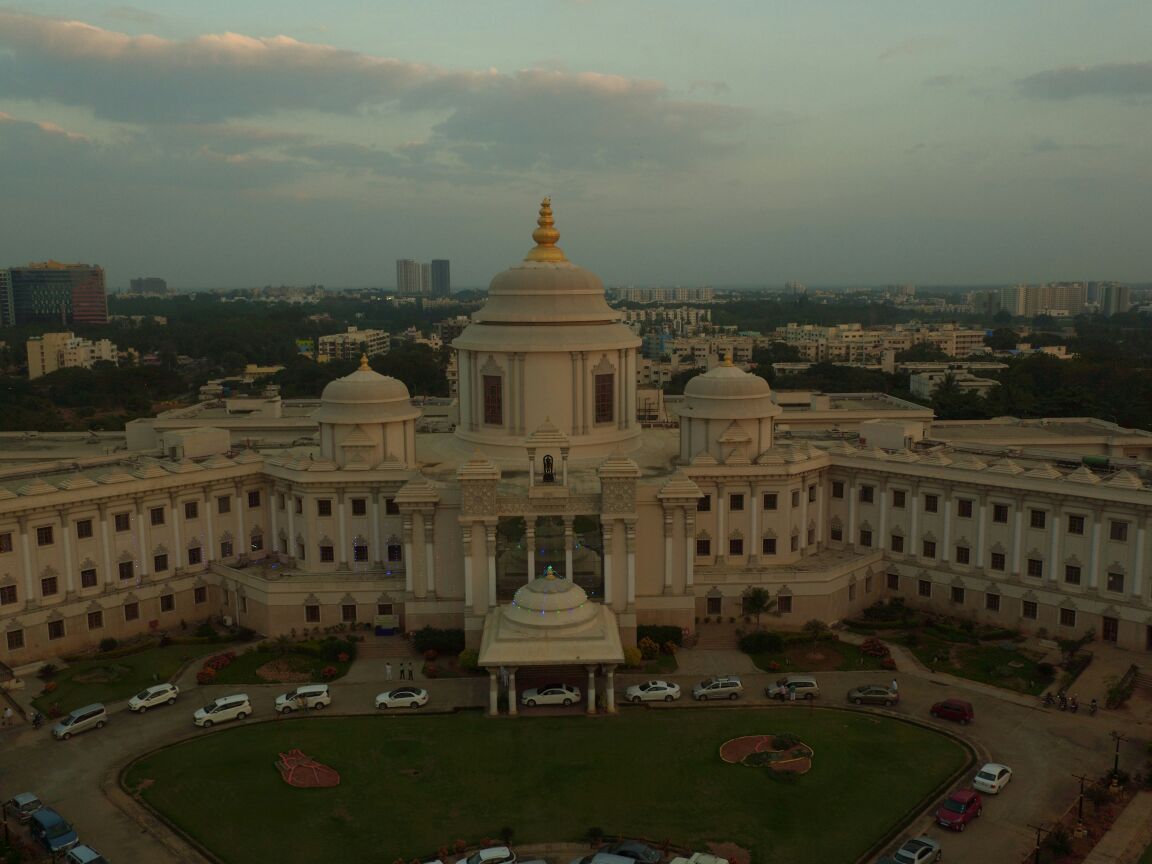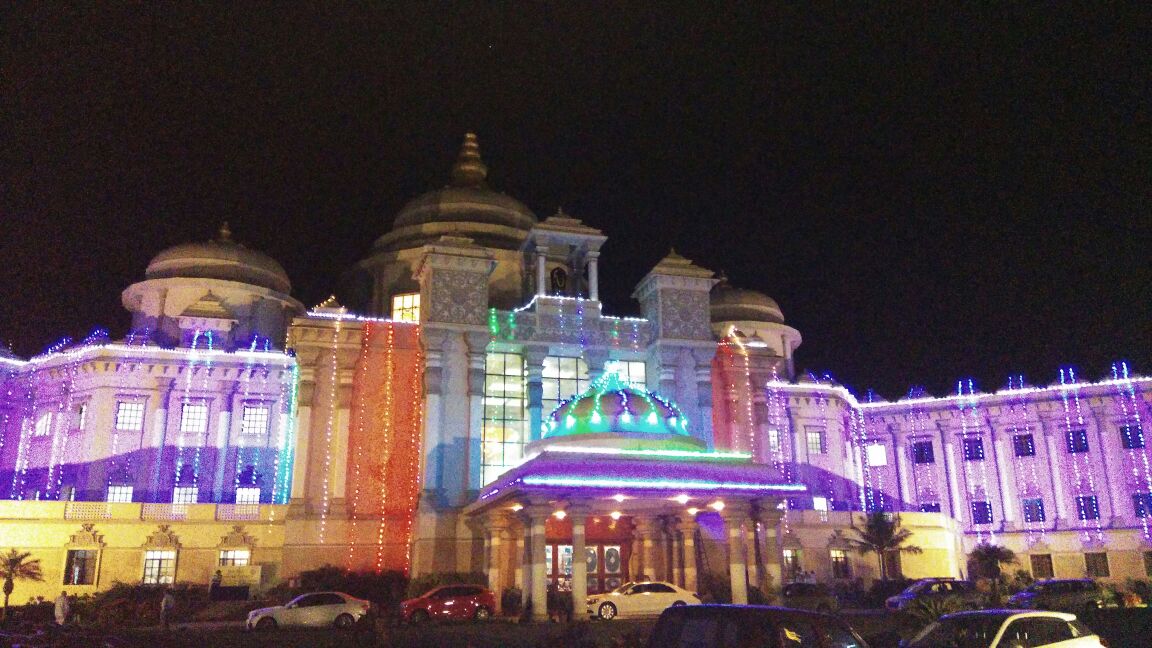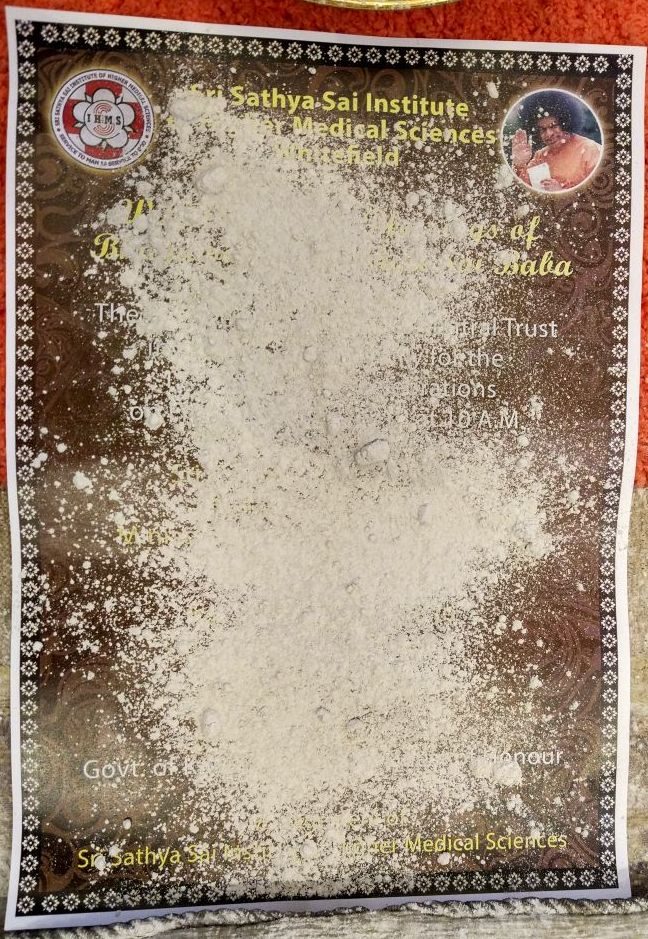insead-knowledge-indias-free-specialty-hospitals-combine-medicine-with-mindfulness
How a pair of Indian hospitals have made no-cost surgery a sustainable healthcare paradigm.
In 2015, as I was in the midst of completing my INSEAD EMBA, I had an experience that I consider nothing short of a miracle. Racked by debilitating back pain, I reluctantly consulted a neurosurgeon, who told me that I required prompt surgery to address a seriously prolapsed disc. As is wise practice in my home country of India, where private doctors sometimes recommend procedures out of pecuniary motives, I sought out second and third opinions. All three doctors said the same thing: Either have the operation or risk paralysis.
Then I remembered my friend, a neurosurgeon employed at the Sri Sathya Sai Super Specialty Hospital in Bangalore. Choosing to have my procedure done there made perfect sense, as I have been a spiritual follower of the hospital’s founder and namesake since 2009. “Just come here and let’s do it,” my friend urged.
Set in a sprawling 52-acre complex, the hospital is like no healthcare facility I had ever been to. The placid, contemplative atmosphere pervading the place is akin to that of a temple. Patients are greeted not by harried and underpaid reception staff but by volunteers who come to the hospital in the spirit of “seva”, or selfless service, one of the central values extolled by Sri Sathya Sai Baba. Here, medicine is practiced as pure healing with no profit motive. Patients pay nothing for the world-class services received – including procedures that would easily cost tens of thousands of dollars at a hospital in the United States – regardless of their nationality, religious affiliation or financial circumstances.
Perhaps most impressively, the hospital is not scrambling to survive from month to month but has kept its costs tightly controlled since it opened its doors. In other words, it presents a sustainable and replicable alternative to the deeply troubled healthcare paradigms currently in use in both the developed and developing worlds.
Historical background
Established in 2001, the Bangalore hospital is the newer of two surgical facilities under the Sri Sathya Sai Institute of Higher Medical Sciences (SSSIHMS). The first opened in Sathya Sai Baba’s birthplace of Puttaparthi in 1991. Both specialty hospitals exist in a sort of hub-and-spoke network with the Institute’s two general hospitals and two mobile hospitals, which also conform to the Institute’s mandate of providing free healthcare for all. Together, the two hospitals offer cardiology, cardio-thoracic and vascular surgery, neurology and neurosurgery, urology, ophthalmology, plastic surgery, orthopaedics and gastroenterology services.
As of March 2015, 46,535 cardiology procedures and 20,720 neurology procedures had been performed at the Bangalore facility, with a mortality rate (0.87%) lower than the average for a hospital in the developed world, and far better than the dismal average rate for hospitals in India.
How it adds up
Of course, readers will want to know how an organisation can dispense tertiary care at no cost to the patient for 15 years without committing financial suicide. Crucially, the land for the super-specialty hospital for Bangalore was donated by the state government. Beyond that, however, the public-sector contribution is minimal. The Bangalore facility draws its operating budget from the interest income generated from the Sathya Sai Central Trust’s corpus fund that, at its inception in 1990, comprised USD$55 million in unsolicited donations received from individuals and institutions across the world.
Amazingly, despite a strict fundraising ban set down by the Sri Sathya Sai Central Trust, the corpus has steadily expanded over the last quarter-century.
Sathya Sai Baba’s ambitious project has been sustained by innovative and effective cost management; accordingly, at SSSIHMS, major medical decisions, including the length of post-operative stay for a given patient, are made based on evidence-based standards of care and are not biased by cost or insurance status. I experienced it first-hand during my time at the hospital. Had I undergone the exact same procedure in a Western hospital, I would likely have been held for up to five days of observation. At Sri Sathya Sai, I was discharged less than 24 hours after leaving the operating room. Hospital staff were in touch with me by telephone throughout my recovery. Not once did I feel my care had been compromised.
Costs are assessed at three levels: at point-of-service delivery (OR, ICU, ward, outpatient clinic); average per-episode cost (intervention and stay) computed by surgery type; and on a per-consultation basis at the outpatient clinic. Equipment and materials expenses are controlled by a centralised procurement system which all SSSIHMS facilities are plugged into. Additionally, the organisation is continually developing its own innovations, such as a custom-built inventory management system. In his spare time, the surgeon who performed my procedure is working on a machine-learning algorithm to make surgeries more cost-effective.
Incentives also play a significant role in holding down costs. In place of the volume-based incentives staff are often subject to in for-profit hospitals, SSSIHMS applies a fixed-salary approach (pegged to industry norms) across the board.
The power of mindfulness
Underlying the hospitals’ guiding principle is Sathya Sai Baba’s dictum of “Love All, Serve All.” Baba taught that proper healthcare is a human right that professionals should deliver without concern for anything but the patient’s needs. All other factors – such as profit or passing trends in medical technology – have no place in a hospital.
You could call this mindfulness – full mental immersion in what really matters, with no room for distractions. Just as easily, you could relate it to Michael Porter’s call for the industry to move from a “supply-driven model organised around what physicians do [to a system] organised around what patients need.”
Either way, Sathya Sai Baba’s message helps attract leading physicians and surgeons from around the globe to spend part of their year working as volunteer consultants at the hospital. Some are followers of the guru; some are not. What they have in common, I think, is the recognition that in order to live extraordinary lives, we need extraordinary values. The volunteers – doctors and non-doctors alike – cherish the opportunity to work in an environment that allows for the disinterested pursuit of excellence and the realization of human-focused values.
Wherever such an opportunity exists, standout talents will seize it. That is the main reason why (though it may not be the sole paradigm needed for healthcare reform) the Sathya Sai Baba model could be replicated in other contexts, serving as part of the solution to our current crisis.
Author: Sunil Shenoy
Sunil Shenoy has 20+ years of global (South Asia, Middle East, North Africa, Russia, and U.S.A.) experience in investment banking, private equity, and strategic and operational consulting with leading global firms such as PricewaterhouseCoopers, Deloitte, Abraaj Group, and Arthur Andersen.
Sunil is certified senior practitioner of vibrionics – a form of holistic alternative medicine that he has been practicing 6+ years.
He is also actively involved as a volunteer in various activities related to sustainable economic development in Indian villages.
Sunil has an EMBA degree from INSEAD and a BSc degree in operations research and industrial engineering from the University of Massachusetts at Amherst.
Read more at http://knowledge.insead.edu/blog/insead-blog/indias-free-specialty-hospitals-combine-medicine-with-mindfulness-5155#s3aMQeBTDEsx2gvX.99





